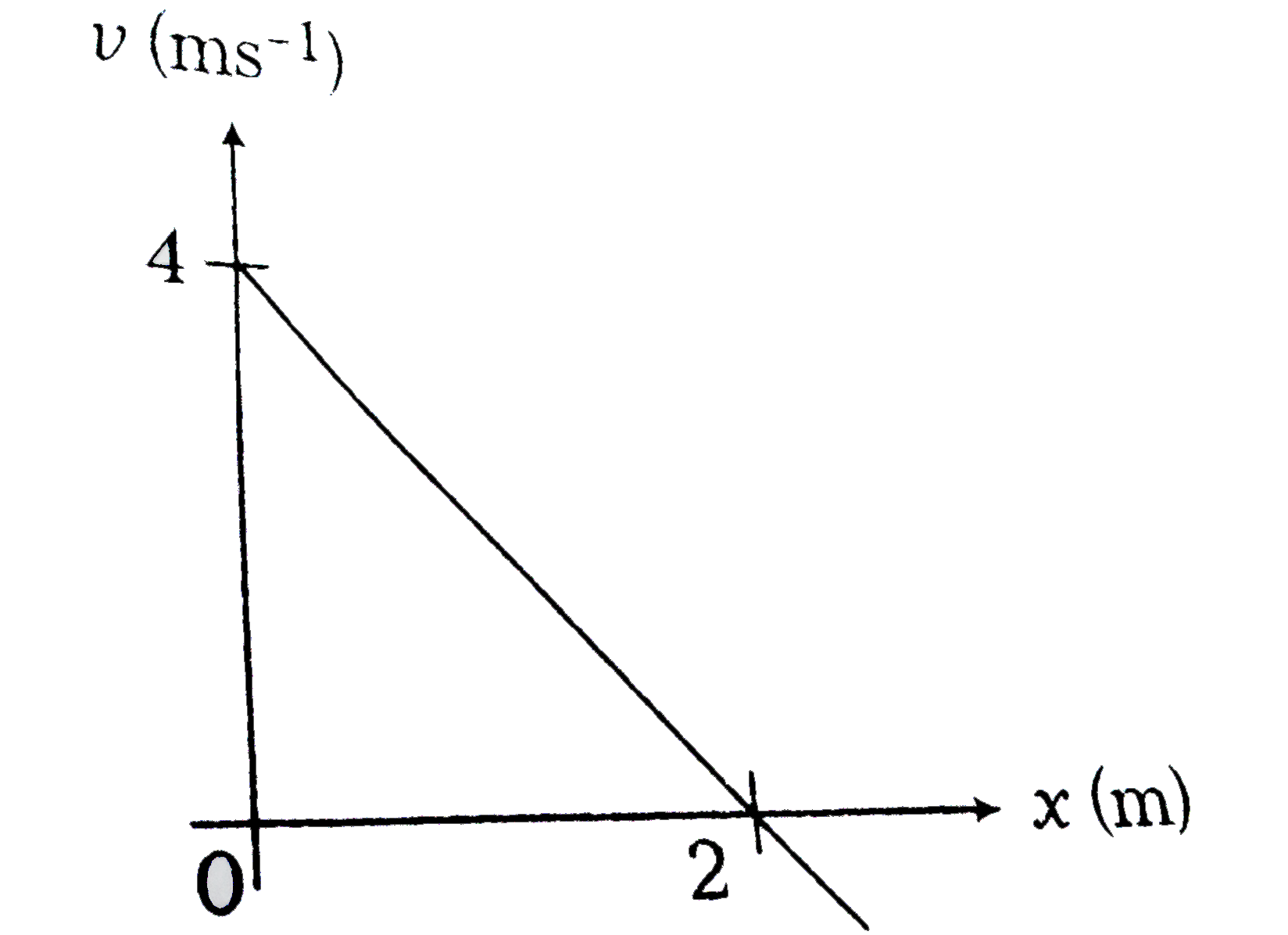A particle is performing a motion on the x-axis with its position given by x=A+Bsinωt. The amplitude of particle is
A+B
A
A−B
B
Step by step video & image solution for A particle is performing a motion on the x-axis with its position given by x=A+Bsinomega t. The amplitude of particle is by Physics experts to help you in doubts & scoring excellent marks in Class 12 exams.
Topper's Solved these Questions
Similar Questions
Knowledge Check
- Question 1 - Select One
The motion of a particle is given by x=Asinωt+Bcosωt. The motion of the particle is
Anot simple harmonicBSHM with amplitude A+BCSHM with amplitude (A+B)/2DSHM with amplitude √(A2+B2) - Question 2 - Select One
The motion of a particle is given by x=Asinωt+Bosωt. The motion of the particle is
Anot simple harmonicBsimple harmonic with amplitude A+BCsimple harmonic with amplitude (A+B2)Dsimple harmonic with amplitude √A2+B2 - Question 3 - Select One
The displacement of a particle along the x- axis it given by x=asin2ωt The motion of the particle corresponds to
Asimple harmonic motion of frequency ωtπBsimple harmonic motion of frequency 3ω2πCsimple harmonic motionDsimple harmonic motion of frequency ω/2π
The motion of a particle is given by x=Asinωt+Bcosωt. The motion of the particle is
View SolutionA particle performing circular motion with its diameter d and velocity v. Then the angular displacement of the particle in time t is
View SolutionA particle is perfroming simple harmoic motion along x−axis with amplitude 4 cm and time period 1.2sec.The minimum time taken by the particle to move from x=2 cm to x=+4cm and back again is given by
View SolutionThe displacement of a particle is given by x=3sin(5πt)+4cos(5πt). The amplitude of particle is
View SolutionThe velocity (υ) of a particle moving along X-axis varies with its position x as shown in figure. The acceleration (a) of particle varies with position (x) as
 View Solution
View Solution
